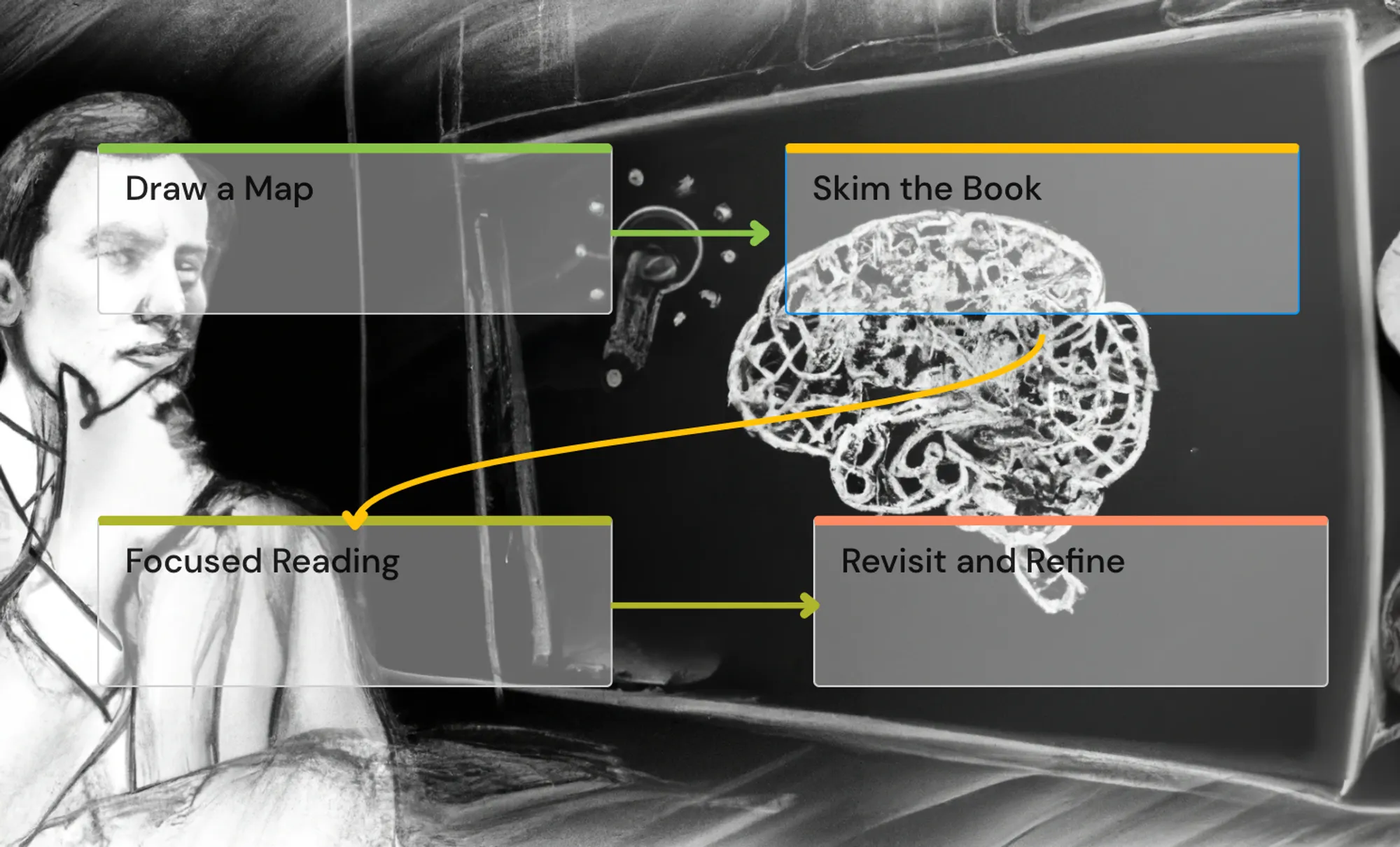There is now more stuff to read than ever: books, essays, blogs, discussion forums, PDF guides, online courses, the Traverse newsletter..
But it seems that the more we consume, the less we remember.
And just at the moment you need it most (at the exam, in the important job meeting, or: when operating a patient!), your mind goes blank.
The key issue is this: consuming information is not the same as acquiring knowledge. Simply reading something once and just hope that it magically comes back to you when you need it just isn’t going to work.
Which brings me to today’s topic: the ancient art of Writing Summaries.
My interest in summaries was renewed this week for two reasons:
- I continue to keep thinking about ways to better encode information, which makes every subsequent step in the learning process easier (check this article and diagram I wrote a month ago).
- I partnered with Shortform, who write arguably the best and most detailed book summaries on the internet.
Fun fact: I applied to work for Shortform back when Allen (the founder) first posted the idea for the company on Hackernews. Alas, Allen deemed my dev skills not good enough at that point.. forcing me to start my own company a few years later. It’s those little things that make you think how your life could easily have turned out differently.
The way most people tend to write summaries is something like:
- Create an indented bullet list resembling the index of the book
- Copy memorable quotes into the list
- Never look at it again
- …
- Profit ??
This doesn’t work for the simple reason that it’s lazy.
When learning is hard, it sticks with you
- - from the book “Make it Stick”
Which bring me back to encoding. When something is hard, it means mental load is high, and it means you use higher-order thinking.
This is the kind of thinking that’s hard but fun, and that from time to time culminates in a big AHA-moment.
Note the difference between thinking hard vs working hard. Working hard can easily lead you astray. A good heuristic is: when you’re bored, you’re not learning. Thinking hard is never boring.
So, I (re-)read the top books on the topics of note-taking, reading, and learning how to learn:
- Make it Stick by Peter C. Brown
- How to take Smart Notes by Sonke Ahrens
- Learning how to Learn by Barbara Oakley
- How to read a Book by Mortimer Adler
Note: if you purchase any of these books through the above links, I will receive a small commission.
There are quite clear repeating patterns in those books, and I’ve used those to put together a method for making summaries that stick.
It has a strong focus on making connections with your own experience and with other knowledge, building your own unique structure and narrative:
4 steps to make summaries that stick
- Before reading: Draw a mind map of what you already know about the topic.
- Skim the book and refine the map
- Read the book in short, focused sessions (with longer breaks in-between). Treat it like a conversation with the author.
- After every session, reflect and add notes to your map (from memory first)
- Before the next session, review what you already have and anticipate what comes next
- Once you finished reading: periodically revisit and refine your map. Connect your own experiences to form your own structure and story. Teach that to others and apply it in different real-life contexts.
You can find the full method with detailed steps on Traverse and start remembering what you read.
For examples of what high-quality summaries look like, check Shortform which I mentioned earlier (my missed life opportunity). Their mission is not just to write summaries, but to provide an archive of all the big ideas in human history - and how they interconnect.
If you sign up through my affiliate partner link for Shortform, you get a 20% discount on their plan - and I get a partner commission.
One big caveat though: reading the Shortform is no substitute for reading the book, nor for making your own summary! As I mentioned above, the key to learning is putting in cognitive effort. Use Shortform to get an idea of what to strive for - that’s what I do.


